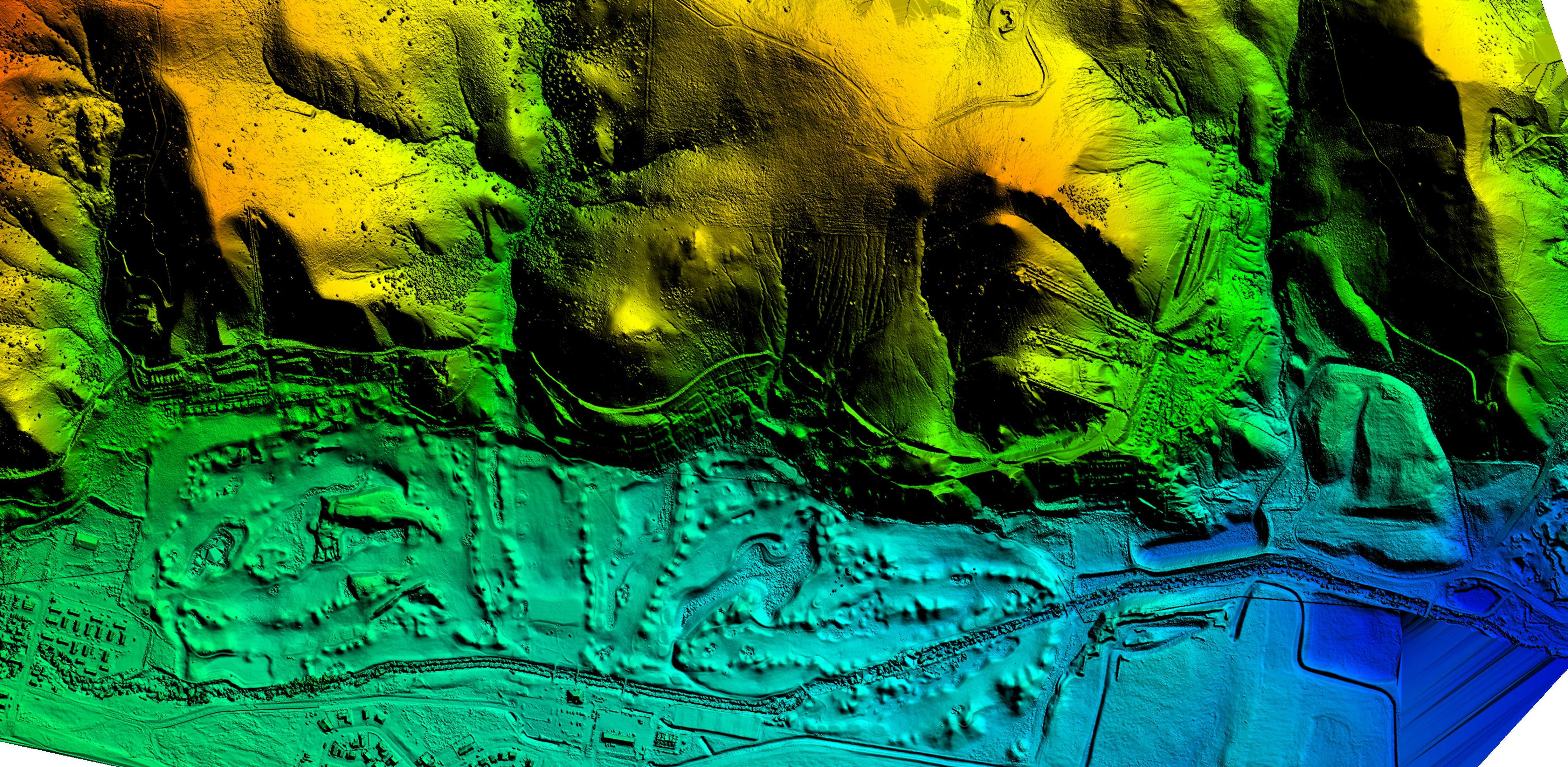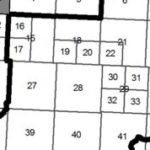New Small UAS Rule (Part 107) in Effect
As many UAS (Unmanned Aerial System) enthusiasts are well aware, 14 CFR Part 107 (the small UAS rule) went into effect on August 29th. The much anticipated rule hopefully simplifies things for commercial UAS users. As part of this rule, UAS operators (now called Remote Pilots) are required to pass a knowledge test administered by the FAA. In many ways, this knowledge test is similar to the test that manned aircraft student pilots are required to pass in order to receive their pilot certificates. A few of the knowledge areas included on the test include: The Part 107 rule, airspace classification (this is a big one!), weather, emergency procedures, aeronautical decision making, reading a VFR chart, and airport operations. Unless you have pre-existing aeronautical knowledge, you definitely want to study up or you may be sweating during the exam!
The FAA’s study guide is a good resource to start your studying.
WET has multiple employees that have passed the Part 107 knowledge exam and hold remote pilot airman certificates with a small UAS rating. This enables WET to continue to legally provide commercial UAS services to its diverse client base across the Northwest. Prior to Part 107, WET commercially flew UAS under the rules of an FAA 333 Exemption. With the implementation of Part 107, the 333 exemptions are still valid and commercial UAS users can legally fly under Part 107 or the 333 exemption. However, you can’t mix and match requirements from both.
Some noteworthy provisions of the Part 107 rule include: maximum altitude of 400 AGL, operations within controlled airspace require Air Traffic Control permission, and operating a UAS from a moving vehicle is permitted but only in sparsely populated areas (and the operator can’t be driving the vehicle). Part 107 still requires remote pilots to maintain visual line of sight (VLOS) at all times, however this is a waivable regulation. So, perhaps Amazon will be using UAS to deliver boxes to our houses sooner than we think!
Since entering the UAS market, WET has established itself as a premier provider of UAS services in Montana and the Rocky Mountain region. WET has completed a variety of projects involving UAS data collection including: stockpile volume surveys, topographic surveys (used for site development, engineering design, environmental permitting, landfill life expectancy, etc.), open pit mine planning surveys, vegetation and weed mapping, and stream temperature mapping. WET currently owns two Sensefly eBees and a DJI Phantom multi-rotor platform. WET has access to multiple payloads for the eBees including RGB, NIR (great for vegetation mapping), thermal, and high definition video applications.
Contact WET today to learn more about specific applications and how a UAS survey/mapping project can bring value to your company.



